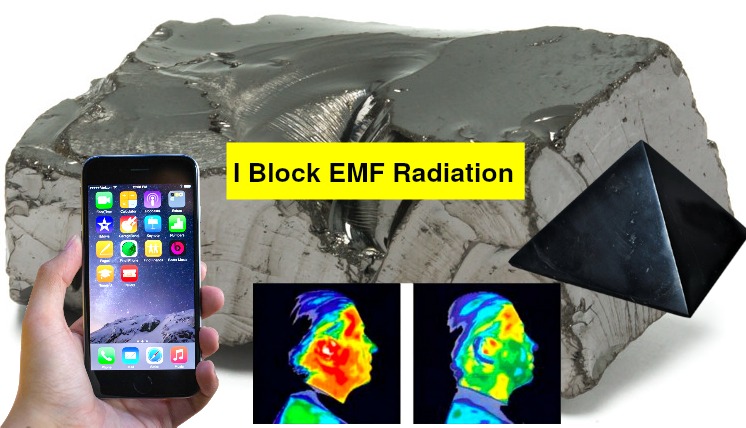If you've ever been through a city and spotted tiny cell towers for 5G placed on poles for street lighting. how to protect yourself from 5g towers look like little boxes however they're actually sending wireless signals from mobile providers to your phone.
They are replacing the larger built cell towers. While they're less noticeable, they still can cause issues for users.
A of the FCC's Radiation Exposure Thresholds
The FCC's Radiation Exposure Thresholds establish the maximum amount of time a person can be exposed to electromagnetic radiation from wireless devices. The exposure limits are based upon scientific research that prove that electromagnetic energy can be harmful to health.

The rate of absorption called the specific absorption rate (SAR) is an indicator of the amount of radiofrequency energy absorbed by tissue. It is typically 1.6 Watts per kilogram averaged over one gram of tissue.
However, because 5g transmits at higher frequencies and has the potential to cause greater energy intensity on the skin as well as other body parts. This could result in a wide range of possible harms, such as an increase in formation of skin disorders such as dermatitis, cataracts, and skin cancer.
Due to the potential for harmful effects of radiation from 5G, PSU has chosen to set a general localized maximum power density of four mW/cm2 based on the average over 1 cm2, but not exceeding 30 minutes for all 5G services running at 3000 GHz. This localized limit is in accordance with the peak SAR that is spatially averaged at 1.6 W/kg, which is averaged over 1 5 grams of body tissue, at 6 GHz.
The FCC's Maximum Exposure Thresholds for Maximum Exposure
If you've ever used a cell phone, you probably know that a safe distance from the tower is around 400 meters away. This is because the power of the transmission of cell towers increases drastically the further the tower is.
While it sounds like an ideal idea, the reality is that people who live close to towers could be more vulnerable to health problems. For instance, a study conducted in 2014 in India found that residents living within 50 meters of cell towers had significantly more health complaints than those who were distance from them.
However, this study also found that people who moved to areas that were further from cell towers noticed their symptoms improve within a few days. Another study has revealed that exposure to high frequencies of radiofrequency electromagnetic fields (EMFs) can lead to cancer, brain tumors, and other health problems.
This is due to the fact that RF radiation, used in wireless communications, may penetrate the body's outer layer, the skin. It is crucial to know because the skin acts as a protective barrier against injury to the body, infection from pathogenic microorganisms, as well as infiltration of toxic substances. The skin is the biggest organ of the human body. It is responsible for keeping the integrity of the other organs.
The FCC's Minimum Exposure Thresholds
The FCC's Minimum Exposure Thresholds rely on several assumptions that are not supported by evidence from science. These include the erroneous assumption that exposures of a short duration to RF radiation are safe because of the minimal radiation penetration in the human body (i.e., tissue heating).
The assumption is also ignoring the more extensive penetration of ELF parts of modulated RF signals and the effect of brief bursts of heat caused by RF pulses. These theories are not compatible with current knowledge of the biological effects of RF radiation. As such, they should not be relied upon for health-protection exposure guidelines.
Furthermore there is how to protect yourself from 5g radiation that both ICNIRP and FCC are limiting their maximum limit of exposure to the local SARs that are based on the maximum speed of spatial absorption (psSAR), which can be described as an inadequate dosimetric tool to determine the degree of exposure to RF radiation. In how to protect yourself from 5g , psSAR is inaccurate for frequencies above 6 GHz. Furthermore, psSAR has not been evaluated for RF radiation exposed to other environmental agents , such like sunlight. Interactions of RF radiation with other agents in the environment could cause synergistic or antagonistic results. This can lead to an increased risk of adverse health adverse effects. For instance, exposure to RF radiation along with exposure to sunlight can raise the chance of skin cancer, as well as aggravate other skin conditions like acne.
